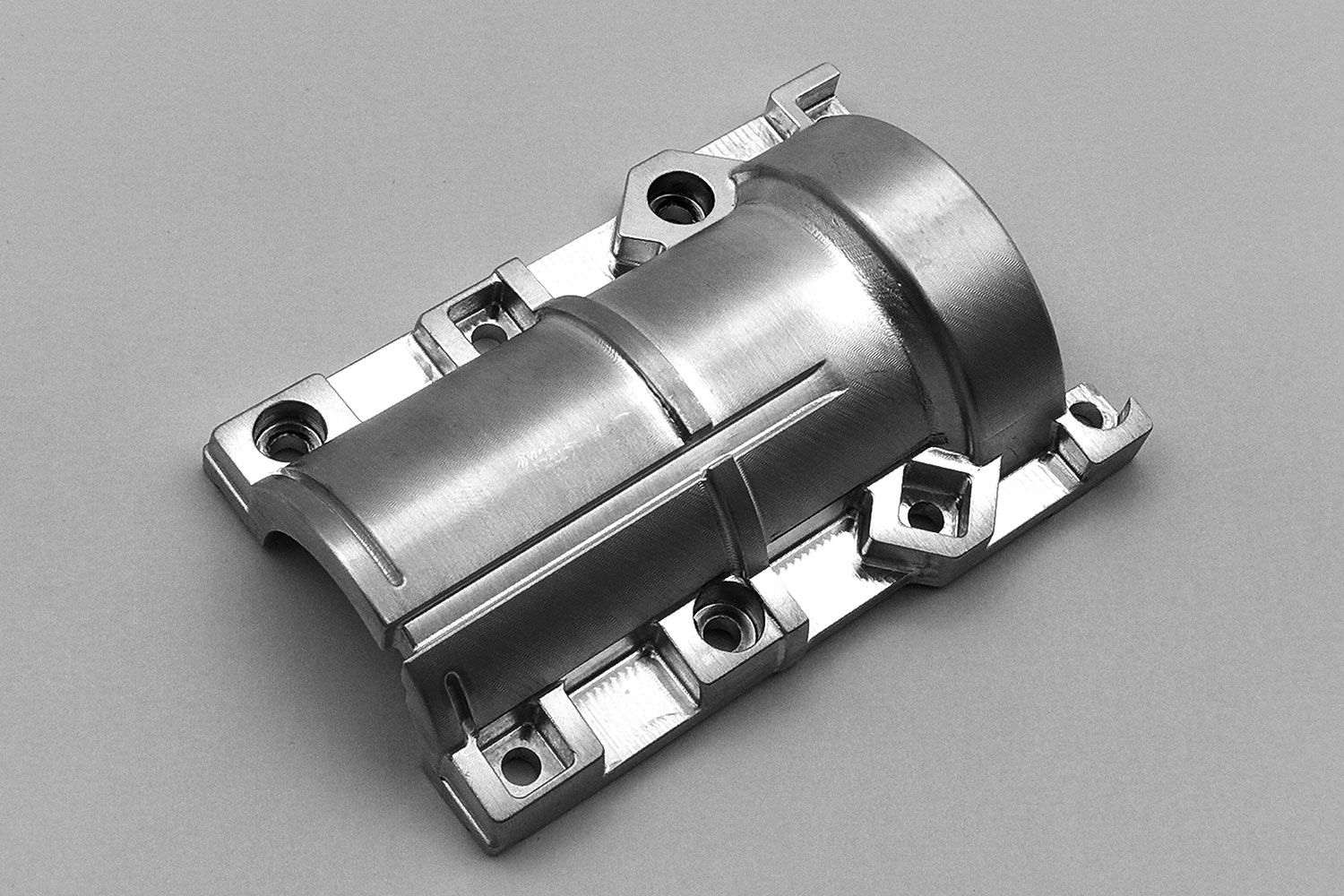Time to read: 6 min

This article serves as a guide for manufacturers and engineers to understand the nuanced differences between alloy steel and stainless steel. We'll explore their compositions, mechanical properties, corrosion resistance, and ideal applications to aid in making informed material choices for various projects.
Introduction to Alloy Steel and Stainless Steel
Steel, an alloy of iron and carbon, is a cornerstone in industries such as construction and the military. The decision between alloy steel and stainless steel should be informed by their distinct properties and applications.
Composition and Classification
- Alloy Steel: Enhanced with additional elements like manganese, chromium, and nickel, alloy steel is known for its improved strength and wear resistance.
- Stainless Steel: Identified by a minimum of 10.5% chromium, stainless steel is prized for its corrosion resistance and is further distinguished by its chromium content and alloying elements.
Mechanical Properties Comparison
- Tensile Strength: Alloy steels generally exhibit higher tensile strength, making them suitable for structural applications.
- Hardness: Alloy steels are harder and more resistant to wear than stainless steels.
- Ductility: The superior ductility of alloy steels makes them ideal for forming complex shapes.
- Impact Resistance: Alloy steels' higher hardness also contributes to better impact resistance.
- Fatigue Strength: Stainless steel, particularly grades like 316L, show good resistance to stress over many cycles.
Corrosion Resistance
- General Corrosion Resistance: Stainless steels are designed to resist corrosion more effectively than alloy steels due to their chromium content.
- Pitting and Crevice Corrosion: Stainless steels are more resistant to these localized forms of corrosion.
- Galvanic Corrosion: Alloy steels are more susceptible to galvanic corrosion due to their tendency to give out electrons.
- Stress Corrosion Cracking: Stainless steels, especially ferritic grades, show higher resistance to stress corrosion cracking.
Heat Treatment and Fabrication
- Heat Treatment Processes: Both steel types can undergo heat treatment, but alloy steels typically require different temperatures and processes due to their composition.
- Weldability: Stainless steel is generally more weldable due to its lower carbon content and chromium's protective oxide layer.
- Machinability: Alloy steels are typically more machinable than stainless steels, making them more suitable for processes like CNC machining.
Applications
- Alloy Steel: Commonly used in construction, automotive, aerospace, tool making, and oil and gas industries for its strength and durability.
- Stainless Steel: Widely used in kitchenware, architecture, medical equipment, automotive, and chemical industries for its corrosion resistance and aesthetic appeal.
Selection Criteria for Choosing the Right Type of Steel
Selecting the appropriate steel involves considering the application, required properties, cost, availability, and manufacturing process.
Alloy steel and stainless steel serve different purposes based on their unique attributes. Alloy steel's mechanical advantages make it ideal for high-stress applications, while stainless steel's corrosion resistance and recyclability make it a sustainable choice for environments where durability and aesthetics are paramount.




